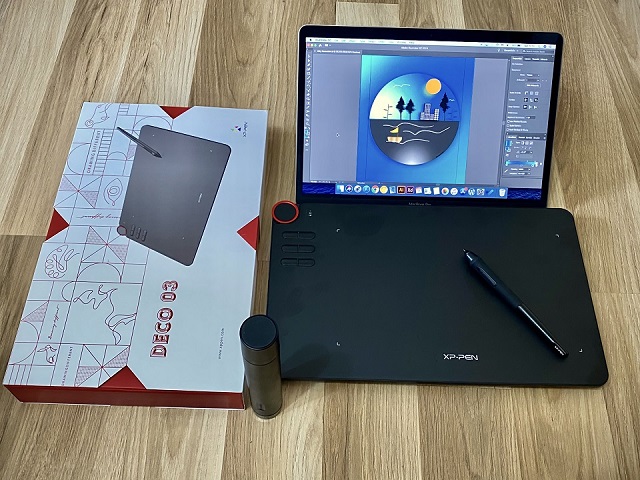Animation is a captivating world where creativity knows no bounds. From the charming Mickey Mouse to the lovable minions, character design plays a pivotal role in bringing animated stories to life. Whether you’re a seasoned animator or an aspiring one, understanding the art of character design is essential to creating memorable and iconic characters. In this article, we’ll explore the secrets, tips, and tricks to craft characters that leave a lasting impression on your audience.
The Importance of Character Design in Animation
Character design is the heart and soul of any animated production. It’s the characters that connect with the audience, conveying emotions, driving the storyline, and creating a unique identity for the show or movie. A well-designed character can make the difference between a hit and a miss in the world of animation.
1. Define Your Character’s Personality
The first step in character design is to define the personality of your character. Ask yourself: What are their quirks, values, and motivations? Are they brave or timid, kind or mischievous? Understanding your character’s personality is the foundation for their visual representation.
2. Research and Inspiration
Research is key to character design. Explore various art styles, historical eras, and cultural references that can inspire your character’s design. Pay attention to how different shapes, colors, and textures can evoke specific emotions and characteristics.
3. Silhouette and Proportions
A character’s silhouette should be instantly recognizable. Play with different shapes and proportions to create a unique and memorable outline. Distinctive silhouettes make characters stand out and are easier for the audience to identify.
4. Colors and Symbolism
Colors can convey a wealth of information about a character. Consider the psychology of colors and how they can represent different emotions or traits. For example, warm colors like red and yellow often represent energy and positivity, while cool colors like blue and green can symbolize calmness and harmony.
5. Costume and Accessories
The clothing and accessories your character wears should reflect their personality and the world they inhabit. A well-chosen costume can tell a story in itself, providing valuable insights into the character’s background and role in the narrative.
6. Expressive Features
Facial features and expressions are vital for character design. Experiment with different expressions, eye shapes, and mouth types to convey a wide range of emotions. Don’t forget to consider the role of the eyes, as they are often called the “windows to the soul.”

7. Story and Context
Characters are not isolated entities but exist within a narrative. Consider how your character’s design fits into the story and its world. Think about how they evolve and adapt throughout the plot, as this can influence their design.
8. Iteration and Feedback
Don’t be afraid to iterate and seek feedback. Show your character designs to peers and mentors, and be open to constructive criticism. It’s through feedback that your character can evolve and become more refined.
9. Stay True to Your Vision
While feedback is valuable, remember to stay true to your original vision. Your character should be a reflection of your creativity and storytelling. Balancing feedback with your artistic integrity is crucial.
Conclusion
Character design in animation is a fascinating and multifaceted art. Crafting memorable characters is a blend of creativity, psychology, and storytelling. By following these tips and tricks, you can embark on a journey to create characters that resonate with audiences and stand the test of time. To learn more about animation, there are a ton of interesting articles at http://shihou-mizuki.com/.




